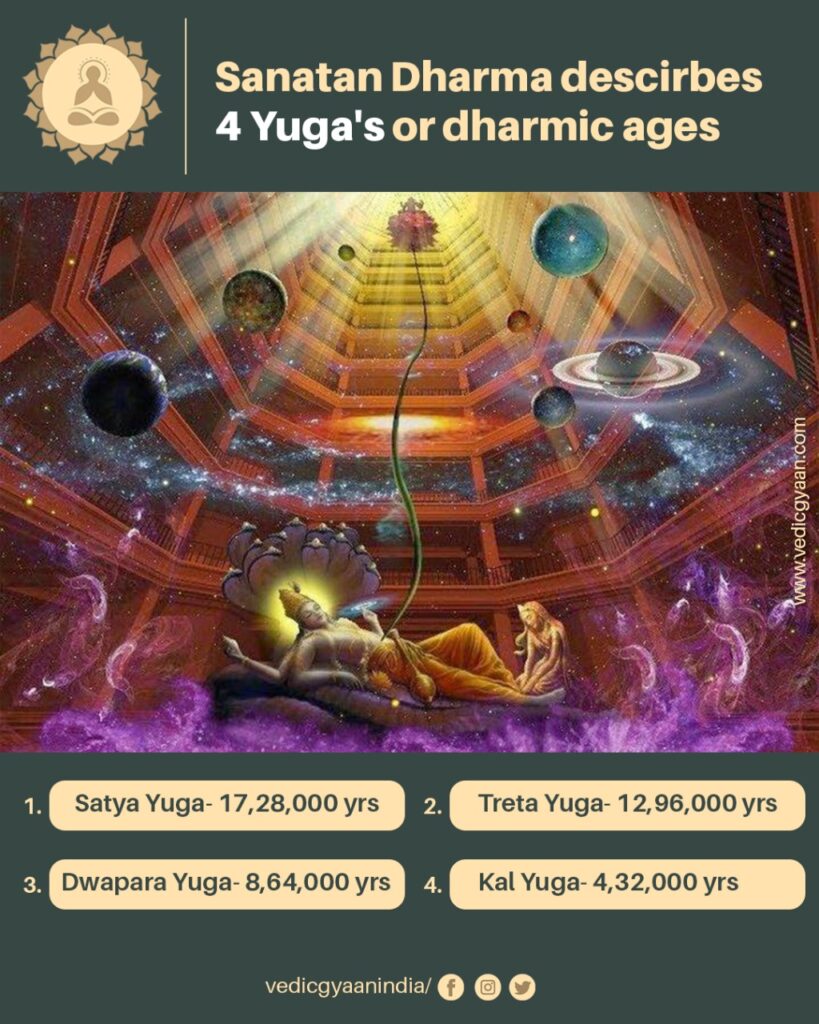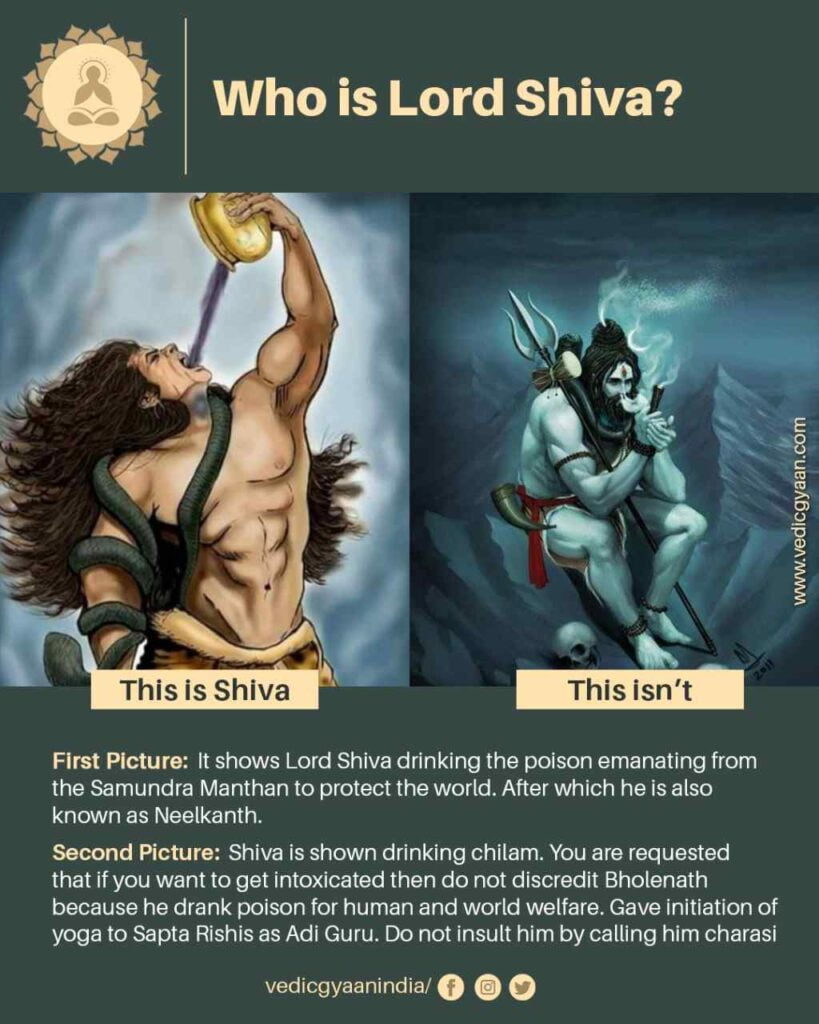
Ramayana is one of the two major epics in Sanatan Dharma. Mahabharat is the second one. These two together form the primary part of our Itihaas from the Treta and Dwaparyuga. There are ten primary Avatars of Bhagwan Vishnu that are also known as Dashavtara. Bhagwan Ram is his seventh Avatar, who incarnated after Bhagwan Parshurama. In Valmiki Ramayana, Maharishi Valmiki narrates the life of Bhagwan Shri Rama. Ramayana consists of two Sanskrit words, Rama and Ayana, meaning the journey of Bhagwan Shri Rama.
The main objective of the seventh incarnation of Bhagwan Shri Rama was to mark an influence, exhibiting the importance of morals and virtue in life to become an ideal Human being. It is one of the main reasons he is a symbol of Maryada Purushottam. Another aspect of his incarnation as Rama was to exhibit victory of good over evil by eliminating the evil king Ravana. The Ramayana consists of a composition of 2400 verses, divided into 7 Kanda (Books) and 500 Sargas (Chapters).
Bal Kanda
The epic of Ramayana starts with the Bal Kanda. It describes the birth of Bhagwan Shri Rama and his three younger brothers Lakshmana, Bharata, and Shatrughna. They were all born after their father, King Dasharatha, performed a Putrakameshti Yagya after the advice of Sage Vasishta. The Yagya took place under the supervision of Sage Rishyasringa.
At the age of 16, Bhagwan Shri Rama and Lakshmana, under the enlightenment of Sage Vishvamitra, gained knowledge of the Devastras or celestial weapons they used to kill the powerful demoness Tadaka. After some time, Bhagwan Shri Rama and Lakshaman with sage Vishwamitra attended the Swayamvara of Mata Sita organized by her father, King Janak of Mithila. Bhagwan Shri Rama got married to Mata Sita after breaking the Shiva Dhanush, and his brother Lakshmana got married to Urmila (sister of Mata Sita).
Ayodhya Kanda
After 12 years of marriage between Bhagwan Shri Rama and Mata Sita, King Dasharatha announced to crown his eldest son Bhagwan Shri Ram as the new king of Ayodhya. But things did not go as expected. On the night before the coronation, Kaikeyi (wife of Dashrata) claimed her two boons after being instigated by her maid Manthara. Kaikeyi demanded 14 years of exile in the forest for Bhagwan Shri Rama and Crown of Ayodhya for his son Bharata.
King Dasharatha was bound to his oath and had to accept the rigid demands of Kaikeyi. Bhagwan Shri Rama agreed to the reluctant decree of his father with complete respect. Mata Sita and Lakshmana joined Shri Rama in the exile. Dashratha was unable to control the grief of getting separated from his son, which leads to his death.
Bharata came to know about the events that happened in Ayodhya while he was visiting his maternal uncle along with Shatrughna. Bharata then attempts to bring his brother back from exile, but Shri Rama was dedicated and wanted to follow the last decree of his father. Bharat then brings back the Charan Paduka of Shri Rama and ascends them to the throne while he resides in Nandigram.
Aranya Kanda
Shri Ram, Mata Sita, and Lakshmana started to reside in a cottage in the Panchvati forest. After a while, they encounter the demoness Surpanakha, who attempted to seduce both the brothers and fails. Out of anger and jealousy, she attacks Mata Sita. Lakshamana instantly intervenes and saves Mata Sita by cutting Surpanakha\’s nose. Surpanakha then narrates the incidence of her mutilation to her brothers, Khara and Dushan. They both organized an attack and got killed by Shri Rama single-handedly along with their demon army.
Ravana heard about the demise of his brothers and the mutilation of her sister Surpanakha. He took a resolution to take revenge and capture Mata Sita. He then captured Mata Sita with the help of his uncle Maricha when Shri Rama and Lakshmana were not there in the cottage. Ravana captured and took Mata Sita to Lanka on his Pushpak Vimana. On the way, Jatayu, a giant vulture, tried to rescue Mata Sita and got killed during the battle.
During the search for Mata Sita, Shri Ram, and Lakshamana encountered the demon Kabandha who was a Gandharva in a past life. He was killed and got free from the curse by Shri Ram. Later they met Shabri, who showed the path and directed them towards Rishimukh Parvat, where Shri Hanuman and Sugriva resided.
Kishkindha Kanda
Shri Rama and Lakshmana reached the city of Kishkindha in search of Mata Sita and met Shri Hanuman. He was an ardent devotee of Bhagwan Shri Rama and one of the greatest among the Vanaras. Shri Hanuman then introduced Shri Rama and Sugriva to each other. Shri Rama befriends Sugriva and helps him get his kingdom of Kishkindha and his wife back from his elder brother Bali in exchange for a promise to help Shri Rama find Mata Sita.
Shri Rama killed Bali and made Sugriva the King of Kishkindha. Time passed by, and Sugriva forgets his promise that he made to Shri Rama. Shri Lakshamana reminded Sugriva about his oath and asked him to honor his pledge made to Shri Rama. Sugriva instantly sent the Vanarsena in search of Mata Sita in different directions of Earth. All the search parties came back empty-handed except the search party that went towards the south under the leadership of Shri Hanuman, Angad, and Jambavan. They reached the seashore where they met Sampati (a vulture), brother of Jatayu. He told them about Lanka on the other side of the sea where Ravana took Mata Sita.
Sundara Kanda
The Sundara Kanda traditionally read first when reading the Ramayana. The name of this Kanda derived from the nickname of Shri Hanuman given to him by his mother, Anjani. The Sundara Kanda is the heart of Valmiki Ramayana and contains a detailed and vivid summary of the Hanuman\’s journey. After getting information about Mata Sita from Sampati, Jambavan reminded Shri Hanuman about his suppressed powers. After that, Shri Hanuman took a gigantic form and leaped towards Lanka.
On his way, Shri Hanuman killed Demoness Sursa and Sinhika. After reaching Lanka, he encountered Demoness Lankini and defeated her. He finally locates Mata Sita in the Ashoka Vatika, where Ravana and other demons were threatening her. Shri Hanuman then reassured Mata Sita and gave Shri Rama\’s ring to her as a signet. Hanuman then wreaked havoc in Ashoka Vatika by destroying trees and killing demons, including Ravana\’s son Akshaya Kumara.
Later, he intentionally gets captured by Meghanada. Meghanada took Shri Hanuman to Ravana\’s court, where Hanumana warns Ravana about the consequences of his evil deeds and demands the release of Mata Sita. The tail of Lord Hanuman got lighted, but he managed to escape and release himself from bonds. Leaping from one roof to another, he burned down Ravana\’s glorious Kingdom of Lanka and his ego. He then went back to Kishkindha with others and informed Shri Rama about Mata Sita.
Yudha Kanda
As the name itself defines, the Yudha Kanda describes the battle between Shri Rama and Ravana. After receiving the information about Mata Sita, Shri Rama and Lakshmana headed towards the seashore with the Vanarsena. After reaching the seashore, the Vanarsena was clueless about crossing the gigantic sea in front of them. Shri Ram requested Samudra Dev for help. In return, Samudra dev advised Shri Rama to construct a bridge with the help of Vanaras, Nala, and Neela. They both created a floating bridge with the Vanaras across the ocean known as Rama Setu.
A long battle took place between the armies of Shri Rama and Demon Ravana. Many warriors died during the war from both sides. Shri Lakshmana got injured by the arrow of Meghanada. Shri Hanumana then went to Dronagiri Parvat to bring Sanjeevani to save Lakshmana. Instead of bringing the herb, he brought the complete Dronagiri Parvat. Ravana lost his son Meghanada and brother Kumbhkarana during the battle. Several days of war passed, Ravana got killed by the arrow of Shri Ram after Vibhishana revealed the secret to kill Ravana with Shri Rama. He crowned Vibhishana as the King of Lanka and went back to Ayodhya with Mata Sita and other Vanaras.
Uttara Kanda
Shri Rama took a leave from Lanka with Mata Sita, Lakshama Ji, Hanumana, and the Vanara Sena. His days of exile came to an end. Therefore, he prepared to return to Ayodhya. On his return, he stopped in Asharam of Rishi Vashishtha, where he met his younger brother Bharata. In addition, Shri Rama returned to Ayodhya and got crowned as the king. He ruled for many years and fulfilled his Dharma. Despite the Agni Pariksha, the kingdom still doubted Mata Sita for her purity. Shri Rama took the public opinion and banished Mata Sita to the forest where sage Valmiki provided her shelter. Mata Sita Gave birth to Luv and Kusha in the Ashram of Valmiki.
The story of Luv and Kusha has its mentioning in the later text of Ramayana. It shares the birth and childhood of Luv and Kusha. They went on reciting Ramayana in Ayodhya as the disciples of Rishi Valmiki.



